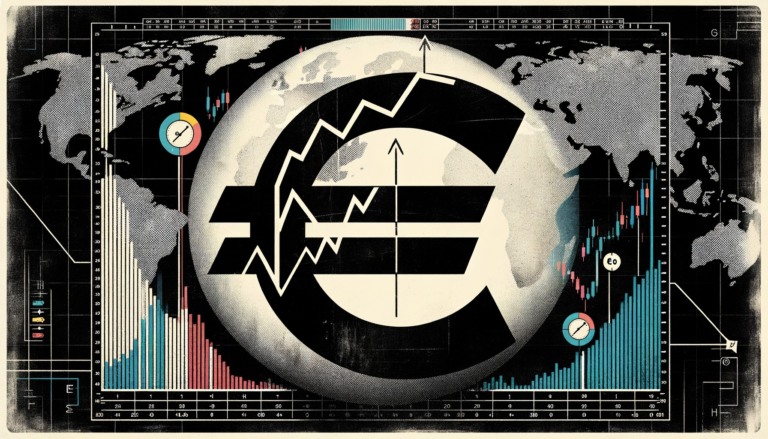What’s going on here?
Euro zone bond yields rose on Friday, but they’re still on track for a weekly decline after softer US inflation data.
What does this mean?
US inflation took an unexpected turn in June, with consumer prices dropping 0.1% month-on-month, stirring up global bond yields. Euro zone bonds followed suit: Germany’s 10-year yield climbed 4 basis points to 2.511% on Friday, but after Thursday’s 7 basis point drop, it’s set to finish the week 2 basis points lower. Germany’s two-year yield and France’s 10-year bond yield also experienced slight increases, yet declines are anticipated by week’s end. Christoph Rieger from Commerzbank suggests the broad US inflation slowdown might signal further easing, with the producer price index (PPI) under close watch for further clues.
Why should I care?
For markets: Mixed signals in the bond market.
Recent US inflation data has jolted both US and euro zone yields, especially short-term bonds sensitive to rate changes. The modest rise in German and French yields on Friday won’t reverse their week-long decline, highlighting economic uncertainties. Investors are now focused on the upcoming PPI figures for clearer insights.
The bigger picture: Policy pivot ponderings.
TD Securities strategists don’t expect the European Central Bank (ECB) to cut rates in July despite recent economic data and ECB comments. However, ECB President Christine Lagarde’s September remarks might offer hints about future policy directions. With the Federal Reserve’s preferred PCE index nearing its target, central banks’ next moves are under close scrutiny.

